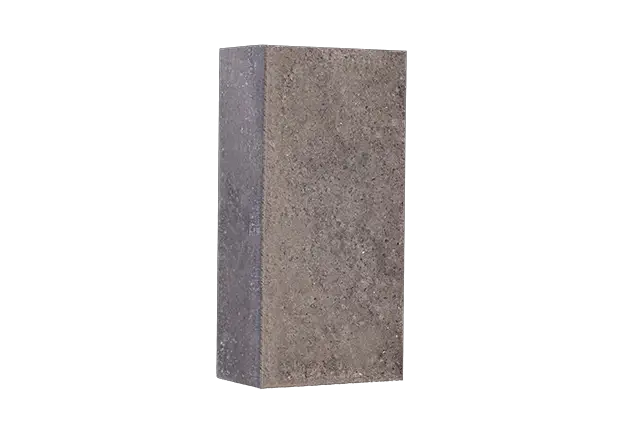Cement kilns operate under extreme conditions, exposing components to high temperatures and abrasive materials. Among the challenges faced, early wear and tear pose significant operational threats, affecting not only the efficiency of the kiln but also its overall longevity. This premature deterioration can be attributed to several factors including the aggressive chemical environment, mechanical stresses, and thermal fatigue.
To combat such wear issues, the introduction of phosphate-bonded high-alumina bricks has emerged as a viable solution. These advanced refractory materials are specially formulated to withstand high temperatures and corrosive conditions. Unlike traditional materials, phosphate-bonded bricks offer enhanced thermal stability and lower thermal conductivity, which play a crucial role in reducing thermal shock during kiln operation.
While adopting high-quality materials is crucial, a comprehensive maintenance strategy is equally important. Regular inspections and timely interventions can preempt early wear occurrences. An optimized operating environment, supplemented by proper kiln design and effective material usage, can greatly enhance durability.
Furthermore, training personnel on the nuances of kiln operation and maintenance is critical. Knowledgeable staff can better identify early signs of wear, allowing for quicker responses and mitigation of potential issues.
In summary, the early wear problems in cement kilns can significantly impede productivity and incur high costs. However, the adoption of phosphate-bonded high-alumina bricks presents an innovative and efficient solution to enhance performance and durability. By integrating high-quality materials with robust maintenance practices, kiln operators can look forward to improved operational efficiency and reduced downtime.

